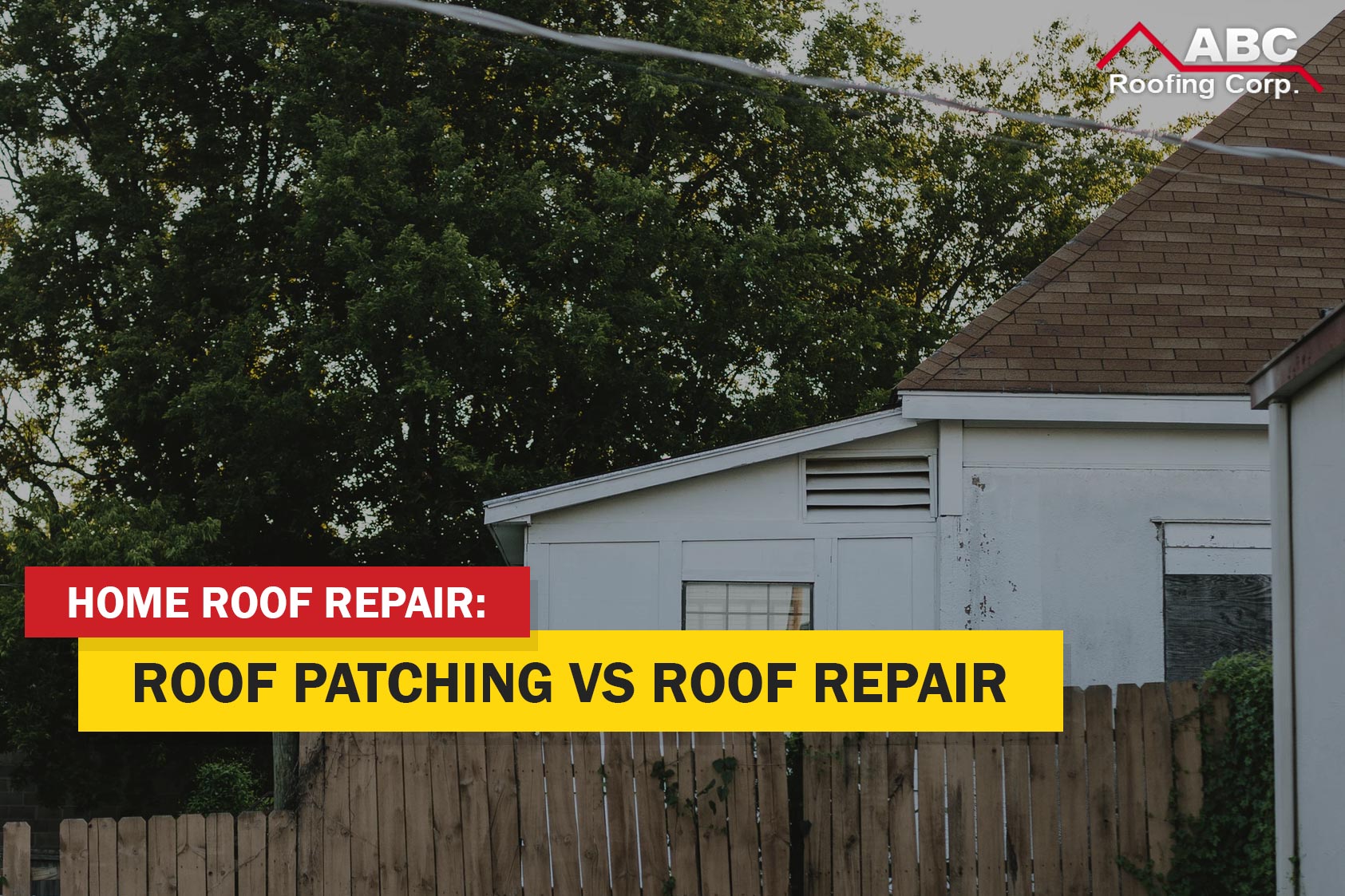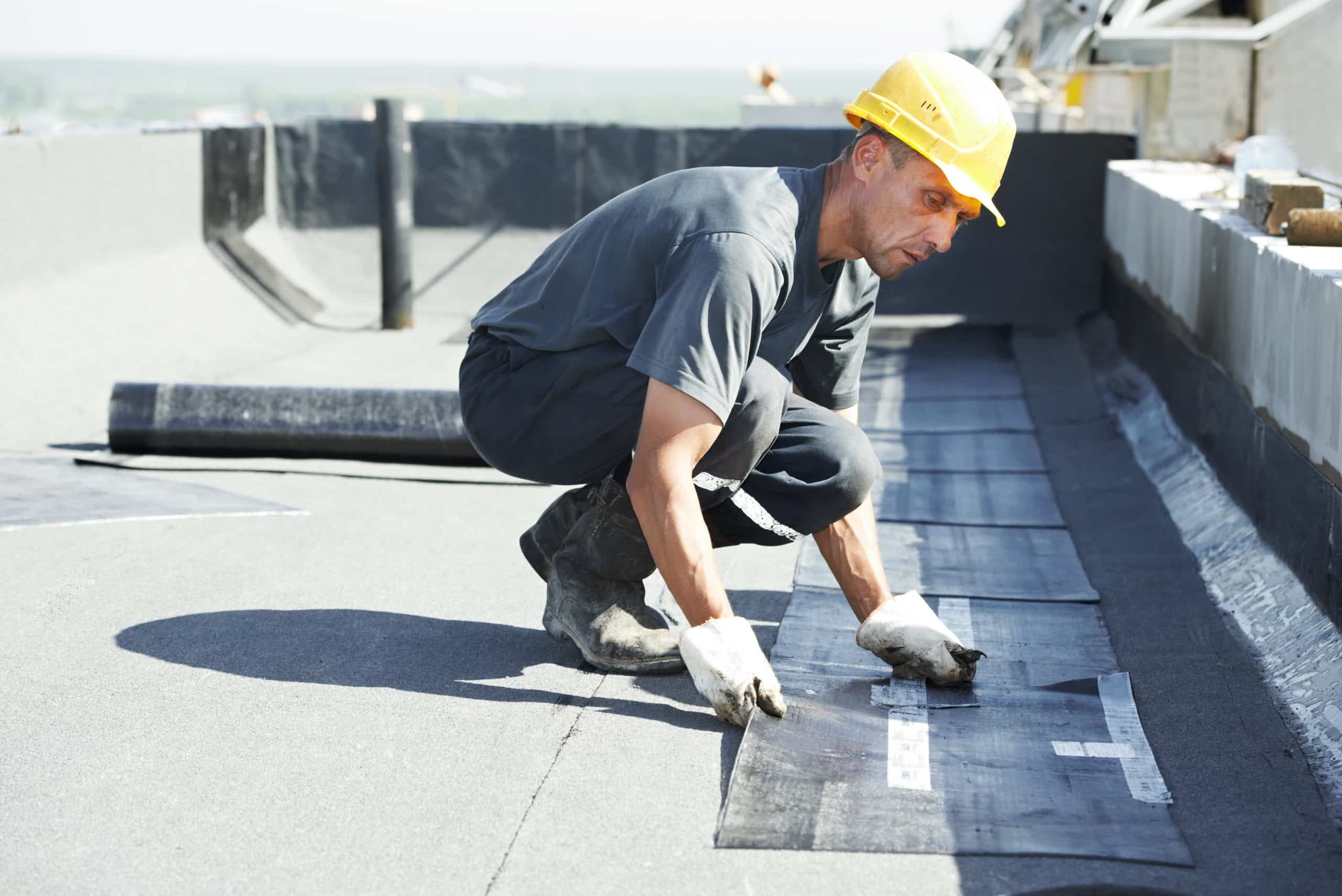Comprehending the Different Kinds of Roofings: A Comprehensive Overview for Homeowners
With a variety of alternatives-- ranging from the standard gable to the modern level-- each kind provides special advantages and challenges that should line up with the house owner's specific demands and environmental factors to consider. As we discover the details of different roof covering types, it becomes obvious that one dimension does not fit all; the ideal option may amaze you.
Gable Roofs
Gable roofs, identified by their triangular form, are amongst the most popular roof covering designs as a result of their simplicity and efficiency in losing water and snow. This style includes 2 sloping sides that satisfy at a ridge, permitting reliable drainage and reducing the danger of water accumulation. The steep pitch frequently connected with gable roofing systems boosts their ability to take care of heavy precipitation, making them appropriate for various climates.
In enhancement to their practical benefits, saddleback roofs use visual flexibility. They can be adapted to different architectural designs, from typical to modern-day homes. The style can also fit additional attributes such as dormer windows, which enhance all-natural light and air flow in the attic room space.
Moreover, saddleback roofs give sufficient space for insulation, adding to power effectiveness. House owners can pick from a range of roof products, including asphalt roof shingles, steel, and tiles, better boosting personalization choices.
In spite of their advantages, saddleback roofs may need added support in locations prone to high winds or hefty snowfall. In general, the gable roofing system continues to be a favored selection because of its mix of functionality, longevity, and visual appeal.
Flat Roofs
Level roofings are frequently recognized for their minimalist style and functional applications, particularly in industrial and commercial setups (oahu roofing). These roofing systems feature a virtually horizontal or horizontal surface, which enables easy building and flexible space application. While they may do not have the aesthetic appeal of angled roofs, flat roofings offer many benefits, specifically in metropolitan environments where making best use of area is critical
Among the key benefits of level roofings is their availability. Home owners can make use of the roofing room for various functions, such as roof yards, terraces, or solar panel setups. In addition, level roofings are usually much more economical to set up and maintain contrasted to their sloped equivalents, as they need less products and labor.
Usual materials made use of for level roof coverings consist of built-up roofing (BUR), customized asphalt, and single-ply membrane layers, each offering distinctive benefits. In general, flat roof coverings serve as a versatile and practical selection for lots of property owners and organizations alike.
Hip Roofing Systems
Hip roofing systems are identified by their sloped sides that converge at the top, developing a ridge. This style stands out from gable roofs, as all four sides of a hip roof covering slope downwards towards the wall surfaces, supplying a much more stable structure. The angle of the inclines can differ, enabling adaptability in architectural aesthetics and functionality.
One of the primary advantages of hip roofings is their ability to withstand heavy winds and negative climate condition. The sloped surfaces allow far better water drain, lowering the threat of leakages and water damage. In addition, hip roof coverings offer boosted attic room, which can be made use of for storage and even exchanged habitable locations.
Nevertheless, creating a hip roof covering can be more intricate and expensive than less complex roof types, such as gable roofing systems. The added product and labor associated with developing the slopes and making certain correct architectural honesty can result in greater expenditures. Despite these downsides, several home owners prefer hip roofing systems for their durability, aesthetic allure, and potential for energy efficiency.
Mansard Roofing Systems
Mansard roof coverings, often identified by their one-of-a-kind four-sided layout, function two slopes on each side, with the lower incline being steeper than the top. This architectural design, originating from France in the 17th century, is not only aesthetically enticing but practical, as it maximizes the functional room in the top floors of a building. The high reduced slope enables even more clearance, making it a perfect selection for loft spaces or attic rooms, which can be exchanged living spaces.
Mansard roofings are defined by their convenience, fitting numerous architectural designs, from conventional to modern. They can be built with various materials, including asphalt tiles, slate, or metal, offering property owners with a variety of options to match their preferences and budgets. In addition, the layout enables for the assimilation of dormer home windows, boosting natural light and air flow in the top levels.
However, it is important to take into consideration the prospective drawbacks. Mansard roofings may call for more maintenance as a result visit this page of the complexity of their style, and their high slopes can be challenging for snow and rainfall runoff. Generally, mansard roofs incorporate elegance with usefulness, making them a prominent selection amongst house owners looking for distinct building functions.
Shed Roofings
As house owners progressively look for simplicity and capability in their building designs, shed roofings have arised as a preferred option. Identified by a single sloping plane, a shed roofing system offers a minimal aesthetic that matches numerous home styles, from modern to rustic.
One of the primary advantages of a shed roof is its uncomplicated building, which frequently translates to lower labor and product expenses. This layout permits reliable water drainage, reducing the danger of leakages and water damage. In addition, the vertical incline offers adequate room for skylights, improving natural light within the inside.
Lost roof coverings also offer convenience in regards to use. They can be properly incorporated into enhancements, garages, or outdoor structures Visit Website like sheds and pavilions. In addition, this roofing design can suit different roof covering products, including steel, asphalt shingles, or also environment-friendly roofing systems, straightening with environment-friendly efforts.
However, it is necessary to consider regional environment problems, as hefty snow lots may demand changes to the roofing system's angle or framework. In general, dropped roofing systems present a useful and visually pleasing alternative for homeowners wanting to make best use of capability without compromising design.
Final Thought


Gable roofing systems, Discover More Here identified by their triangular form, are amongst the most prominent roof styles due to their simplicity and performance in dropping water and snow. oahu roofing. The steep pitch typically associated with gable roofs boosts their ability to manage hefty precipitation, making them appropriate for various environments
While they might do not have the visual allure of pitched roofings, level roofs use countless advantages, particularly in urban environments where making the most of room is important.

Comments on “Roofers Oahu: Skilled Contractors for Roof Installations and Repairs”